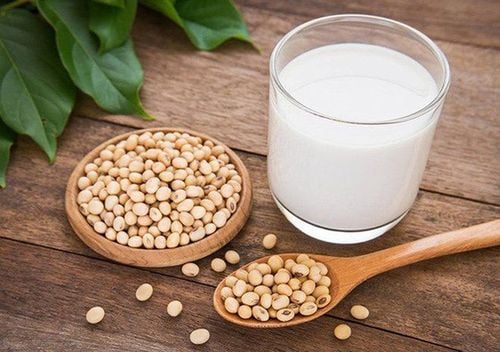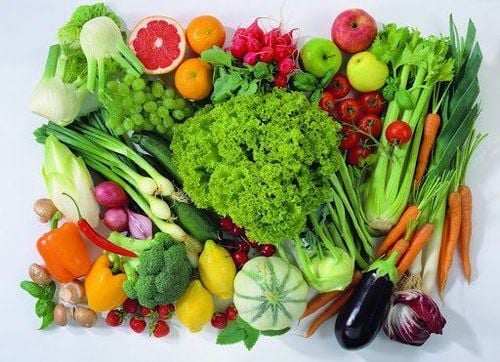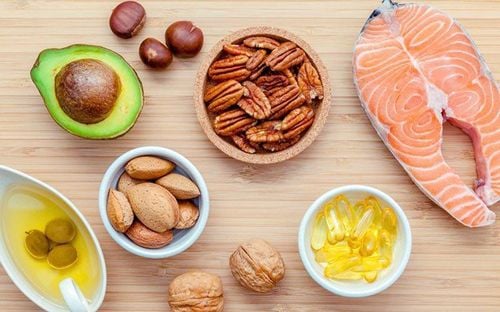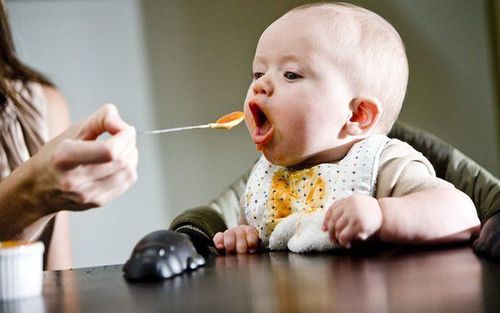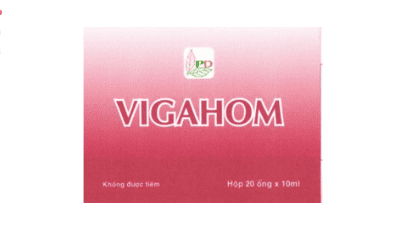This is an automatically translated article.
Your baby's life will become more interesting when he begins to explore the world of food like an adult. As a baby's menu begins to vary, parents may have some questions about what foods are safe and how and when to give certain foods to their baby. Rice is one of the popular foods and the question of when to feed your baby rice is very common.
1. When do children start eating rice?
According to the pediatric nutrition organizations, children 6 months of age and older can start eating all the same solid foods as adults at main meals. Meal prep for babies can be mashed, chopped, pureed or sliced in a variety of flavors, textures and varieties, allowing children to enjoy unlimited dietary intake.
Therefore, parents can completely feed their baby rice at 6 months old as long as the food is prepared and served in a way that is safe for babies to eat without risk of choking.
However, before starting to try rice, from 4-6 months of age, parents should start giving babies soft solid foods such as cereals, oatmeal, barley and specialized purees. used to feed babies. These cereals are mixed with baby formula or breast milk to create the perfect consistency. Manufacturers often add vitamins and minerals necessary for a child's growth and development when a diet with breast milk or formula milk is no longer guaranteed to provide enough for a child's needs. What's more, these starters will help your baby learn to eat and help him acclimate to new flavors and textures as well as prepare his digestive system for a more varied diet.
In addition, when to give your baby crushed rice depends on each child. For babies born prematurely, with low birth weight or with congenital diseases, when to feed babies should be delayed. Accordingly, parents can choose the right time to try solid foods when:
Baby can hold his head high with good head control Baby seems eager to be fed or enjoys eating food (they open their mouth when spoon towards herself or reach for anything that sees an adult eating) Baby can use tongue to move food from spoon to mouth Weight has doubled since birth

Thời điểm khi nào cho bé ăn cơm nát tùy thuộc vào từng trẻ
2. How did you feed your baby for the first time?
When preparing whole grain rice for baby meals, cook the rice according to the instructions on the package.
At the same time, parents need to make sure the rice is cooked thoroughly so that it is easy to crush with a fork and soft enough for the baby to "chew". Pediatricians also recommend that rice and wheat, barley, and other grains be ground or milled before feeding to babies. Use the back of a fork or spoon to gently mash the rice before feeding it to your baby. Never give uncooked rice to a child.
However, when learning to eat rice for young children, this first meal does not have to be bland, but use spices to increase the deliciousness but use salt in a minimal way. Alternatively, parents can also feed their baby any type of rice, such as white rice, and other popular varieties like basmati, brown or jasmine rice as long as they are prepared appropriately. Like other foods, when giving it to your baby for the first time, be cautious and wait a few days to see how your baby reacts to it.
3. Is there a risk of choking on rice for babies?
Pediatric organizations have listed rice as a potential choking hazard for infants up to 24 months of age as well as other feeding problems. However, when properly cooked and crushed, rice can help reduce the risk so your baby can enjoy it.
At the same time, it is important to avoid choking when feeding is to ensure that the baby is carefully supervised during all mealtimes. In addition, parents should also make sure to follow these safety guidelines:
Sit in the correct position when eating, do not lie down or hold while eating Sit in a high chair within reach of an adult dining table or sit in a chair Specialized baby feeding Do not feed babies in cars or strollers Furthermore, like other foods, rice is also encouraged to introduce children to self-directed weaning. This is a style of solid food introduction in which the child can set his or her own pace for mealtimes, meaning that when a child is presented with a plate of food by hand, he or she can choose how much and what type of food he or she wants to eat. want to eat more, both bringing an enjoyable experience and safer for children than the traditional way of eating with a spoon.

Cha mẹ nên tuân theo các nguyên tắc an toàn khi cho trẻ ăn cơm để tránh bị nghẹn
4. What kind of rice is best for children?
Like all foods, some types of rice have more nutritional benefits than others. It is important to weigh the dietary benefits of which rice is best to prepare for children with the following information:
Brown rice: whole grain rice that has had its outer skin removed but still has the bran and bran on. Sprouts contain important nutrients. Brown rice has more fiber and protein than white rice. Wild rice: as a whole grain has almost three times more fiber and protein than white rice. White rice: rice with the bran and germ removed, unfortunately this rice has vitamins and fiber removed. When cooked into rice, white rice will be converted into the body as a simple sugar and can cause blood sugar spikes. If parents are concerned about the best type of rice for their baby, any type of rice can be prepared for a toddler as long as it is prepared appropriately and the child is carefully monitored during mealtimes to reduce the risk of choking as well as know how to handle when children choke on foreign objects.
In short, to answer the question of when to feed babies, parents should wait until the child is at least 4-6 months old. At this time, babies can experience their first solid foods, not only like crushed rice but also pureed cereals, fruits and vegetables. While all babies are different, generally at around 6-8 months, most babies are ready to start enjoying exciting, safe solid foods that provide many of the nutrients they need. for children during this period.
Also at this age, in addition to giving children a variety of foods including rice, mothers should also add the necessary micronutrients: Zinc, selenium, chromium, Vitamins B1 and B6, Ginger, fruit extract ri (vitamin C),... to improve taste, help your baby eat well, reach the correct height and weight, and exceed the standard, have a good immune system, strengthen resistance to get sick less often and have fewer problems digestive subject.
In addition to nutrition, parents should supplement children with supporting products containing lysine, essential micro-minerals and vitamins such as zinc, chromium, selenium, and B vitamins to help fully meet nutritional needs. substances in children. At the same time, these essential vitamins also support digestion, enhance nutrient absorption, help improve anorexia, help children eat well, and develop comprehensively.
Please regularly visit Vinmec.com website and update useful information to take care of your baby and family.
Reference source; bellybelly.com.au - srnutrition.co.uk - naturalbabylife.com





